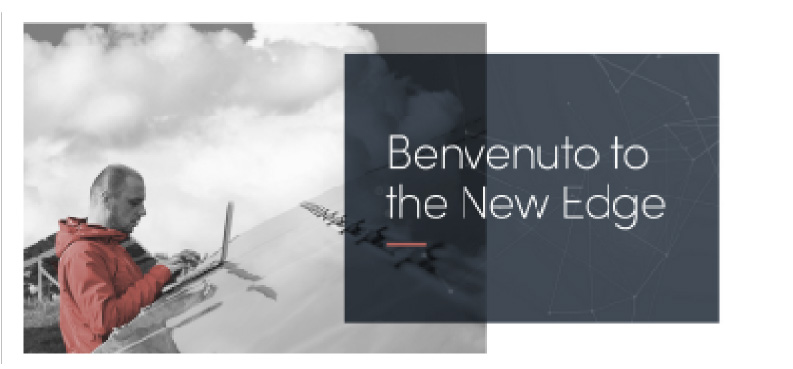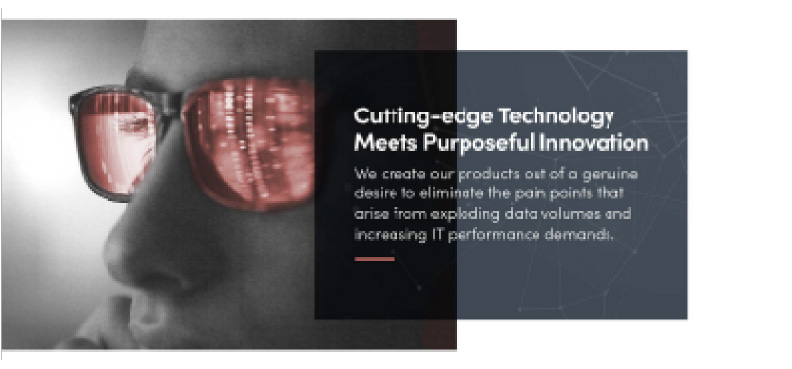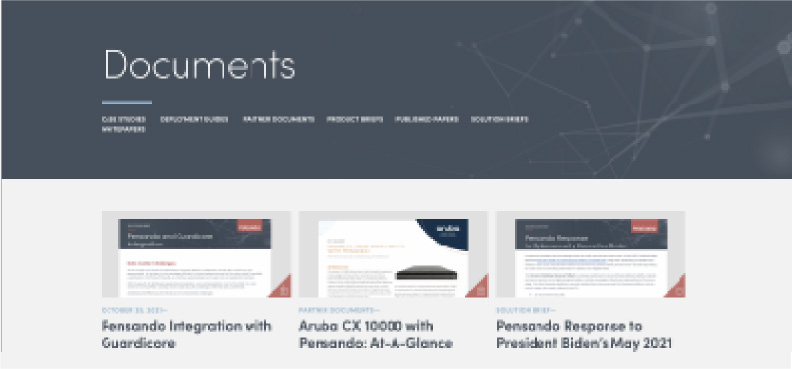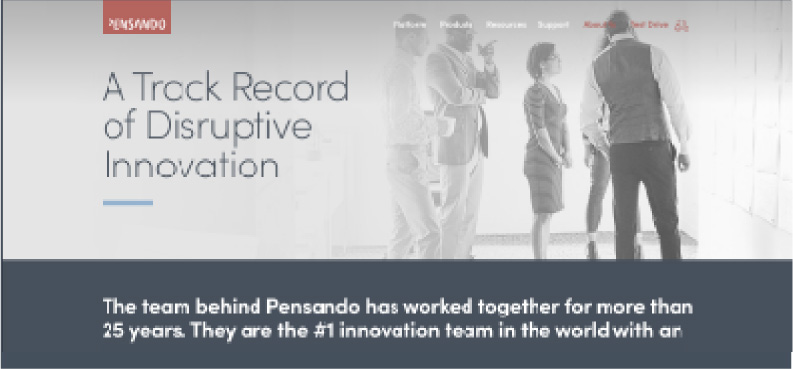February 1, 2022—
Pensando Predictions – Three Trends That Will Modernize The Data Center
By: Heather Morris
Business modernization, the explosion of public clouds and deep-tech innovation were the cornerstones of 2021, highlighted by advancements in biotech, supply chain analytics, quantum computing, and blockchain. 2022 is about the metaverse, crypto, genetic medicine and advancements in the internet and cloud to help fulfill their promise.
While the evolution of the Internet, emerging technologies and cloud services promise new possibilities for industries and a better experience for users, it is also going to push the capabilities of legacy IT architectures to their limits. Supporting technology stacks for next generation applications requires cloud-like agility, scale, security, and performance to support the workloads.
Looking ahead, here are three key technology trends shaping the evolution of the internet and transforming the modern data center.
Rise of Software-enabled DPU Support
Compute is moving closer to where data is. 5G connectivity, combined with innovations in edge computing, are transforming industries like healthcare (patient monitoring), automotive (autonomous vehicles), and energy (smart grids).
In 2022, we will see more enterprises deploy edge computing strategies. More dispersed workloads will drive the massive increase in east-west traffic in the data center, underscoring the need for cloud-like data storage and processing capabilities. This is giving rise to DPU deployments which give CPUs back to applications.
DPUs are designed to track stateful connections and flows at a large scale without impacting performance. For service providers, these advancements will free up customer data center CPUs for business-critical and revenue-generating processing. The advancement of DPUs is changing not only how we design networks, but also the applications we run on them, creating more room to enhance workloads.
Acceleration of AI Models
Edge computing adoption has led to massive advancements in processing capabilities and increased usability of AI-powered image processing. But we’ve only just begun to scratch the surface of what this emerging technology can do for industries. In the next year, evolving IT infrastructures and advancements of DPUs, GPUs, and other SmartNICs will allow organizations to better utilize AI models and obtain more value from data.
By modernizing IT architectures to unlock new possibilities of advanced data analytics, we expect to see new use cases in areas such as health diagnostics, manufacturing, aerospace research, and retail.
Mandates for Zero Trust
Following a record number of sophisticated ransomware attacks in 2021, President Biden issued an Executive Order on Improving the Nation’s Cybersecurity for federal agencies to work more closely with the private sector to increase their resiliency against cyberattacks. One of the requirements in the executive order is to develop a plan to implement “Zero Trust” architecture.
Zero Trust isn’t a new concept to enterprises. But combating the surge of cyberattacks will require a stronger commitment to implementing Zero Trust frameworks and building this approach into the core of all hardware and software design principles.
In 2022, both enterprises and government agencies will look to adopt segmentation and micro-segmentation policies as they move towards Zero Trust security architectures to increase their networks resilience to data breaches, though this will be met with challenges including adapting legacy infrastructures and corresponding security policies.
Conclusion – Continued Digital Transformation
One of the unexpected gains from the pandemic has been the acceleration of digital transformation, which will continue into 2022 and beyond. Digital transformation will further opportunities for innovation in the enterprise, but it starts with modernized, agile architectures underpinning it. These advanced technology trends ushering in a decentralized internet will bring to bear a paradigm shift for legacy data centers, so organizations and industries can be future-ready.




